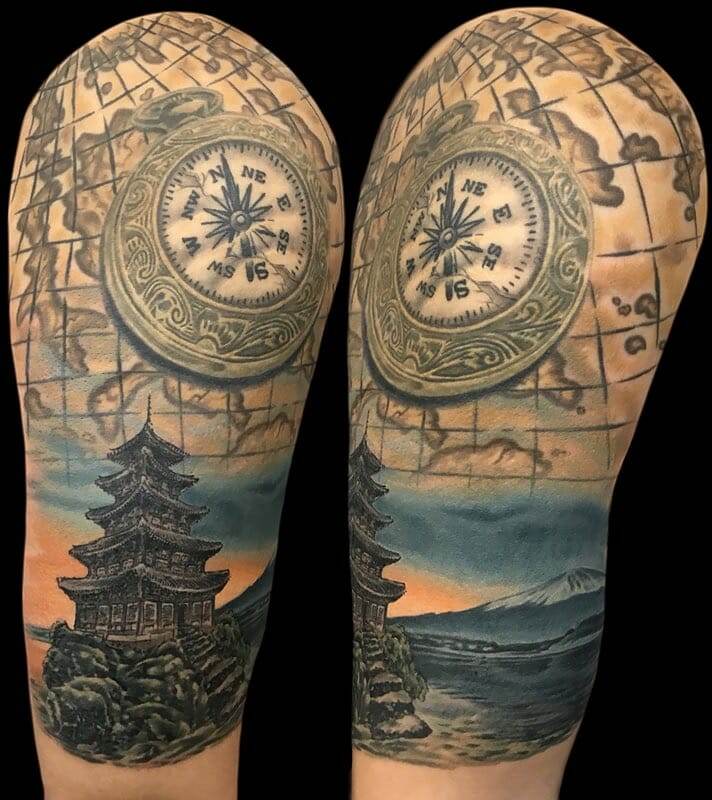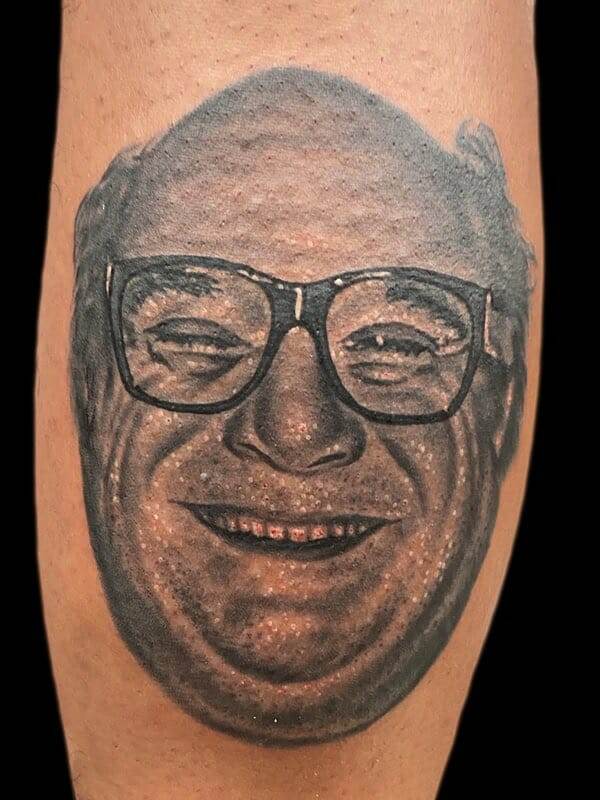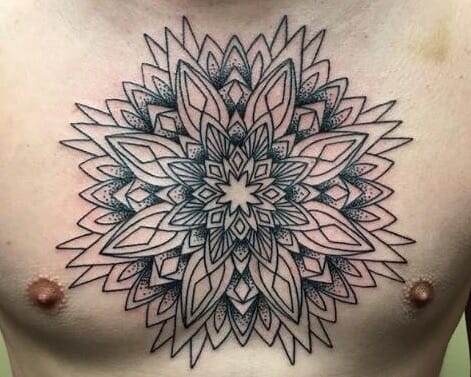Ink has a long and rich history as an art form, dating back thousands of years. From ancient civilizations to modern times, ink has evolved and transformed, becoming a medium that is celebrated and appreciated in the world of fine art. The use of ink in art has come a long way, from its humble beginnings as a tool for communication and documentation to its current status as a respected and influential form of artistic expression.
Throughout history, ink has been used by various cultures around the world for different purposes. In ancient China, ink was used for calligraphy, a highly regarded art form that required precision and skill. In Japan, ink was used for traditional woodblock printing, creating intricate and detailed designs. In the Western world, ink was used for drawing and illustration, with artists like Leonardo da Vinci and Rembrandt using it to create stunning works of art.
Over time, ink has evolved and adapted to the changing needs and preferences of artists. With advancements in technology and the development of new materials, artists now have a wide range of inks to choose from, each with its own unique properties and characteristics. From traditional ink made from natural pigments to modern synthetic inks, artists have more options than ever before when it comes to creating their artwork.
The Role of Tattooing in the Fine Art World
Tattooing has long been associated with rebellion and counterculture, but in recent years it has gained recognition and acceptance in the fine art world. Tattoo artists are now being recognized as legitimate artists, with their work being displayed in galleries and museums around the world. This shift in perception has opened up new opportunities for tattoo artists to showcase their skills and creativity.
Tattooing has also had a significant influence on other art forms. Many contemporary artists draw inspiration from tattoo culture, incorporating elements of tattoo design into their work. This fusion of tattooing and fine art has resulted in a new and exciting genre of art that pushes boundaries and challenges traditional notions of what art can be.
The History of Tattooing as an Art Form
Tattooing has a long and storied history, dating back thousands of years. The practice of tattooing can be traced back to ancient civilizations such as Egypt, Greece, and Rome, where it was used for various purposes including religious rituals, identification, and decoration. In these cultures, tattoos were often seen as a symbol of status, power, and protection.
In other cultures, such as the Polynesians and Native Americans, tattoos held deep cultural and spiritual significance. They were used to tell stories, convey identity, and mark important milestones in a person’s life. These tattoos were often intricate and highly detailed, reflecting the rich cultural heritage of these communities.
The Significance of Ink in Traditional Cultures
In traditional cultures, ink has played a significant role in various rituals and ceremonies. The symbolism behind different types of ink varies from culture to culture, but it often represents important aspects of life such as spirituality, identity, and connection to the natural world.
For example, in Maori culture, facial tattoos known as moko are considered a sacred art form. These tattoos are unique to each individual and tell the story of their ancestry and personal journey. In Japanese culture, irezumi tattoos are seen as a form of protection and are often associated with the yakuza, or Japanese mafia. These tattoos are highly detailed and require years of dedication to complete.
In traditional Chinese culture, ink is used for calligraphy, which is considered one of the highest forms of art. Calligraphy is not just about writing words; it is about capturing the essence and spirit of the subject matter. Each brushstroke is carefully planned and executed, creating a harmonious composition that reflects the artist’s skill and mastery.
The Rise of Contemporary Tattooing and its Influence on Fine Art
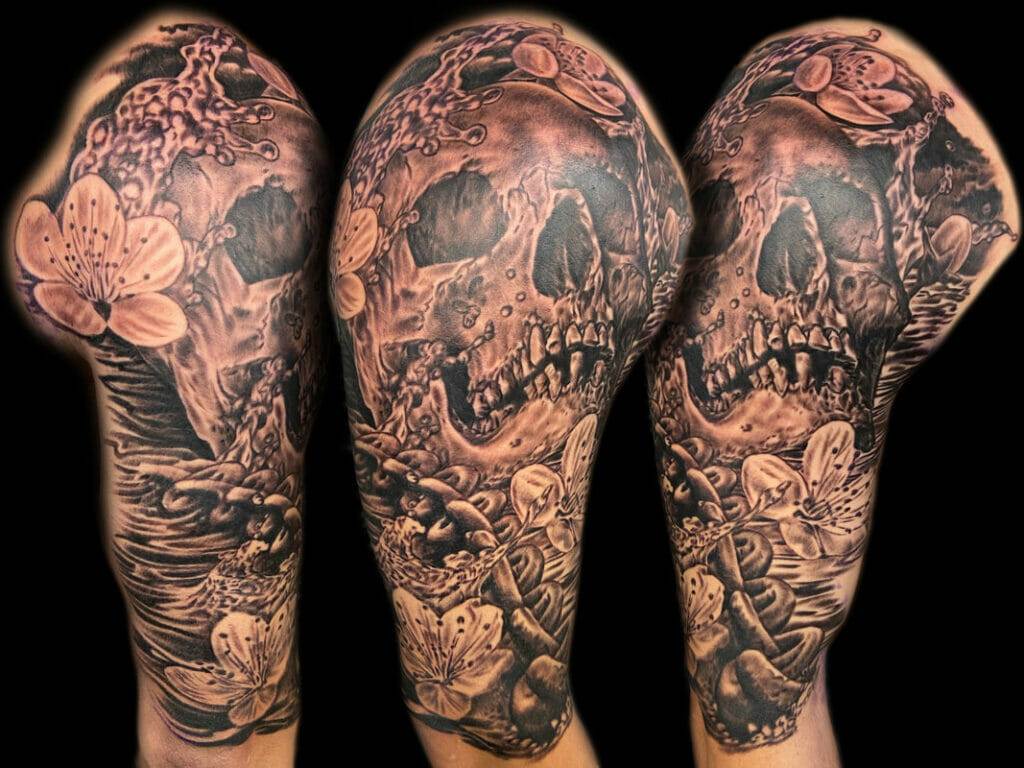
In recent years, there has been a resurgence of interest in tattooing as an art form. This can be attributed to several factors, including the growing acceptance and appreciation of tattoos in mainstream society, as well as advancements in tattooing techniques and equipment.
Contemporary tattooing has evolved beyond traditional designs and motifs, with artists pushing the boundaries of what is possible with ink. From hyper-realistic portraits to abstract and surreal designs, contemporary tattoo artists are constantly pushing the limits of their craft, creating unique and innovative works of art.
This rise in popularity has also had a significant influence on the world of fine art. Many contemporary artists draw inspiration from tattoo culture, incorporating elements of tattoo design into their work. This fusion of tattooing and fine art has resulted in a new and exciting genre of art that challenges traditional notions of what art can be.
The Intersection of Tattooing and Other Art Forms
Tattooing has not only influenced fine art, but it has also intersected with other art forms such as fashion, photography, and graphic design. Many fashion designers collaborate with tattoo artists to create unique and eye-catching designs for clothing and accessories. Photographers often incorporate tattoos into their work, using them as a form of self-expression and identity. Graphic designers draw inspiration from tattoo culture, incorporating bold lines and vibrant colors into their designs.
This intersection of tattooing and other art forms has resulted in a cross-pollination of ideas and techniques, leading to new and exciting possibilities for artistic expression. It has also helped to break down the barriers between different art forms, blurring the lines between what is considered “high” art and what is considered “low” art.
The Use of Ink in Fine Art Techniques
Ink is a versatile medium that can be used in a variety of fine art techniques. From drawing and painting to printmaking and collage, ink offers artists a wide range of possibilities for creating their artwork.
In drawing and painting, ink can be used to create bold and expressive lines, as well as subtle and delicate washes of color. Artists can use different types of ink, such as India ink or acrylic ink, to achieve different effects and textures. Ink can also be used in combination with other mediums, such as watercolor or gouache, to create unique and layered compositions.
In printmaking, ink is used to transfer an image from a plate or block onto paper or fabric. Techniques such as etching, lithography, and screen printing all rely on the use of ink to create the final image. The type of ink used will depend on the specific technique being used, as well as the desired effect.
The Relationship Between Tattooing and Body Art
Tattooing is often considered a form of body art, as it involves permanently marking the skin with ink. The relationship between tattooing and body art is complex and multifaceted, with both forms of art influencing and inspiring each other.
Tattooing has had a significant impact on body art, with many artists drawing inspiration from tattoo designs and techniques. Body painters often incorporate elements of tattoo design into their work, using bold lines and vibrant colors to create intricate and eye-catching designs on the body. Performance artists may use tattoos as a form of self-expression and identity, using their bodies as a canvas for their artwork.
On the other hand, body art has also influenced tattooing. Many tattoo artists draw inspiration from body art techniques such as henna or mehndi, incorporating intricate patterns and designs into their tattoos. Body art has also helped to challenge traditional notions of beauty and aesthetics, encouraging people to embrace their bodies and celebrate their individuality.
The Impact of Cultural Appropriation on Ink as Art
The issue of cultural appropriation has had a significant impact on the world of ink as art. Cultural appropriation refers to the adoption or use of elements from another culture without understanding or respecting its cultural significance. This can be seen in the appropriation of traditional tattoo designs and symbols by non-indigenous people, often without understanding the cultural and spiritual significance behind them.
Cultural appropriation has had a negative impact on many indigenous cultures, as their sacred symbols and designs are commodified and stripped of their cultural meaning. It is important for artists to be aware of the cultural significance of the symbols they are using and to approach them with respect and understanding.
However, it is also important to recognize that cultural exchange can be a positive thing when done respectfully and with permission. Many indigenous artists are reclaiming their cultural heritage and using tattooing as a form of cultural preservation and self-expression. By sharing their art and stories with the world, they are helping to educate others about their culture and challenge stereotypes and misconceptions.
The Future of Ink as an Art Form
The future of ink as an art form is bright and promising. As technology continues to advance, new materials and techniques will be developed, pushing the boundaries of what is possible with ink. Artists will have even more options for creating their artwork, allowing them to explore new styles and techniques.
In addition, the growing acceptance and appreciation of tattooing as an art form will continue to open up new opportunities for tattoo artists. More galleries and museums will showcase tattoo artwork, helping to elevate it to the same level as other forms of fine art. This increased visibility will also help to challenge stereotypes and misconceptions about tattooing, further legitimizing it as a respected art form.
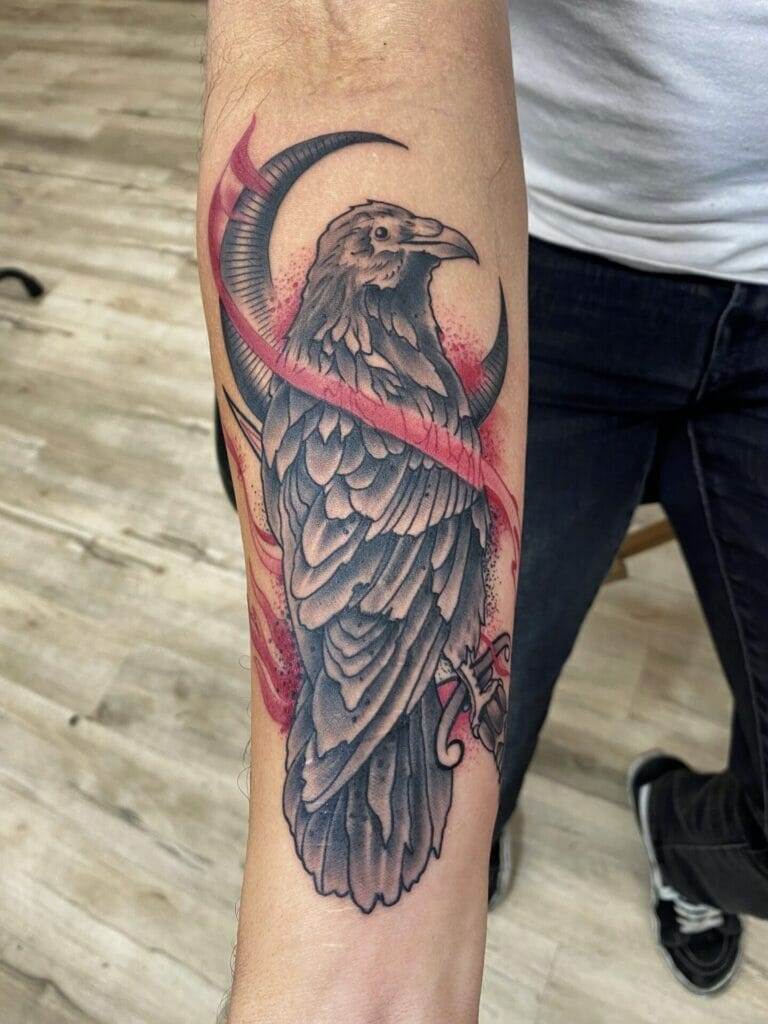
Celebrating the Beauty and Diversity of Ink as Art
Ink has come a long way from its humble beginnings as a tool for communication and documentation. It has evolved into a respected and influential art form, with tattooing playing a significant role in its transformation. From ancient civilizations to modern times, ink has been used by various cultures around the world for different purposes, each with its own unique symbolism and significance.
The intersection of tattooing and other art forms has resulted in a cross-pollination of ideas and techniques, leading to new and exciting possibilities for artistic expression. Ink is a versatile medium that can be used in a variety of fine art techniques, from drawing and painting to printmaking and collage. It has also had a significant impact on body art, with both forms of art influencing and inspiring each other.
As we look to the future, the possibilities for ink as an art form are endless. With advancements in technology and the growing acceptance of tattooing as an art form, artists will have even more opportunities to explore and experiment with ink. It is an exciting time for ink as art, and we should celebrate the beauty and diversity that it brings to the world of fine art.

